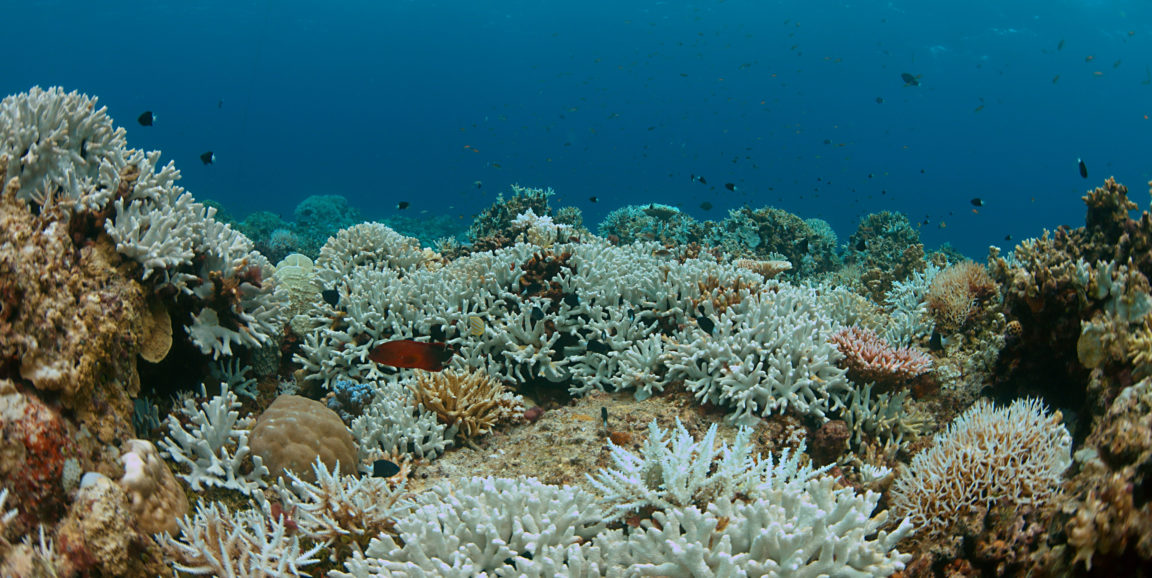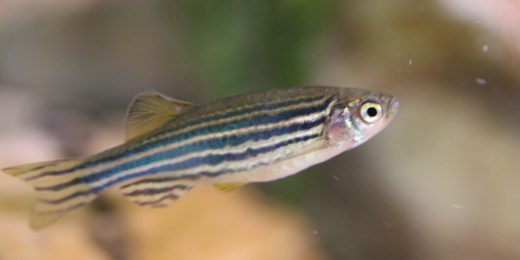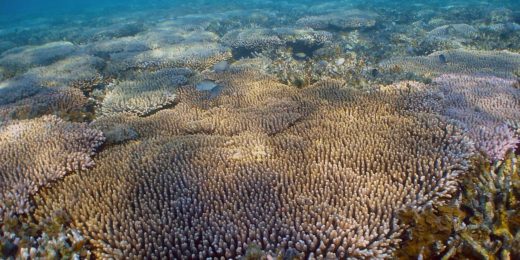Avid beachgoers likely know the perils of some sunscreens for coral reefs -- particularly those that contain an ingredient known as oxybenzone, a chemical shown to protect the skin against UV rays.
Scientists, too, have known for some time that oxybenzone can damage corals. But, how that happens has largely remained a mystery, making it difficult to ensure that sunscreen components proposed as alternatives are truly safer for corals. Now, researchers including John Pringle, PhD, a professor of genetics, have discovered a mechanism by which oxybenzone could hasten the demise of these endangered ecosystems.
"It would be a sad irony if ecotourism aimed at protecting coral reefs were actually exacerbating their decline," said study lead author Djordje Vuckovic, a PhD student in civil and environmental engineering. "I hope that our research will help the development of sunscreens that are less likely to harm reefs."
Scientists hope that revealing how some sunscreens erode corals could inform new sunscreen recipes that are effective and safe for corals, according to an article published by the Stanford Woods Institute for the Environment. They also hope that their collaboration inspires other researchers to bridge disciplinary divides.
A study detailing the research was published May 6 in Science.
Lab lessons inform ocean science
The scientists studied anemones as surrogates for reef-building corals, which are much harder to experiment with, as well as mushroom corals. Exposed to oxybenzone in artificial seawater under simulated sunshine, the anemones all died within 17 days; whereas anemones exposed to the same concentration of oxybenzone in the absence of simulated sunlight remained viable.
Oxybenzone is formulated to dissipate the potentially skin-damaging energy from ultraviolet light as heat, preventing the tissue damage that causes sunburn. The anemones and mushroom corals, however, converted oxybenzone to compounds that formed damaging molecules, called radicals, when exposed to sunlight. This might relate to sunscreen instructions that advise reapplication after a few hours, the researchers speculate: People also absorb oxybenzone, and perhaps metabolize it, so they may need repeated applications to maintain sun protection. (People, however, don't convert oxybenzone to radicals upon absorption like corals do.)
The researchers plan to analyze other sunscreen ingredients to determine their coral-damaging potential. In the meantime, "I will continue to play it safe by wearing a full-body Lycra suit while snorkeling, with, at most, a little sunscreen on the back of my neck," said Pringle.
Photo by Sanbangvideo






